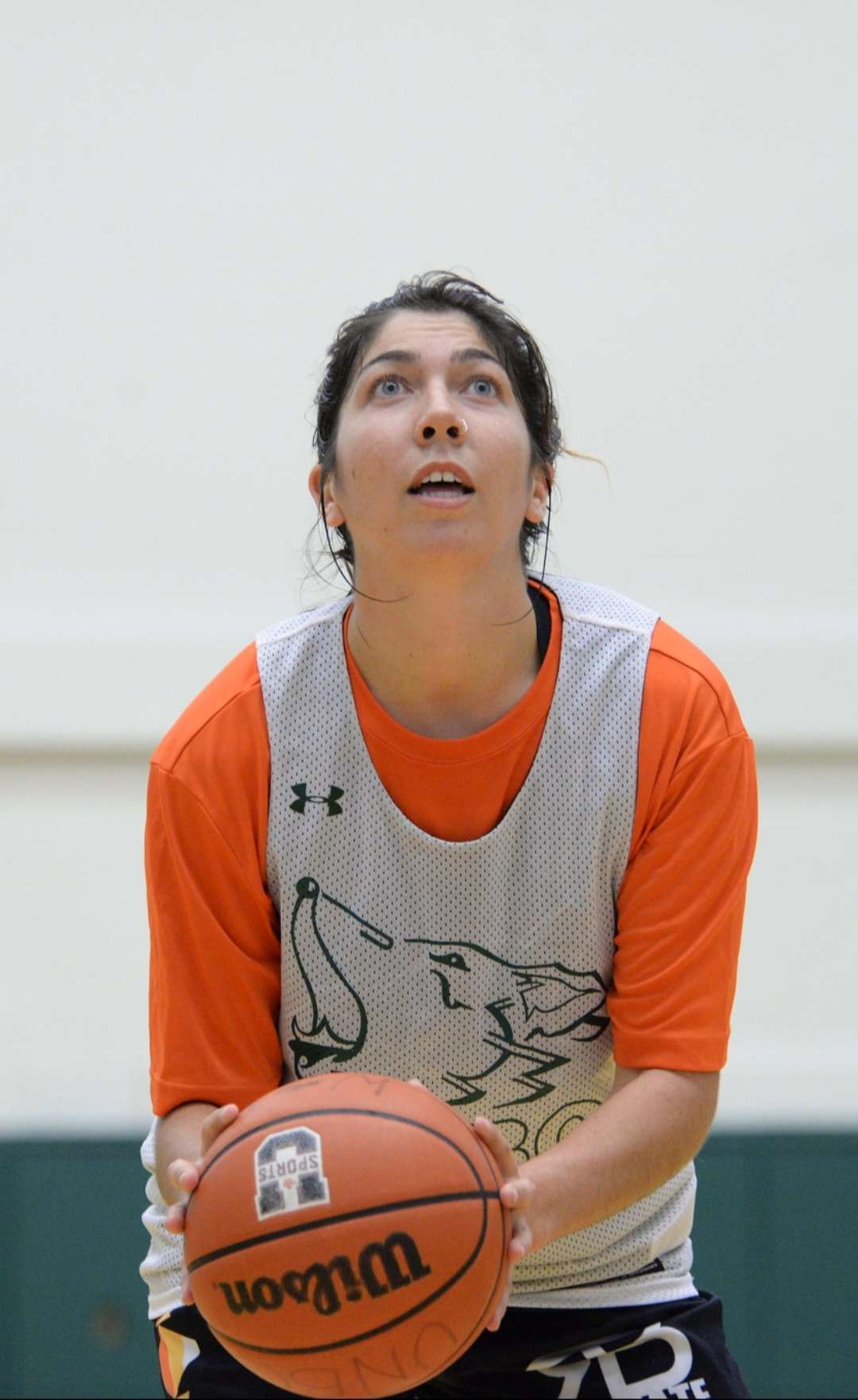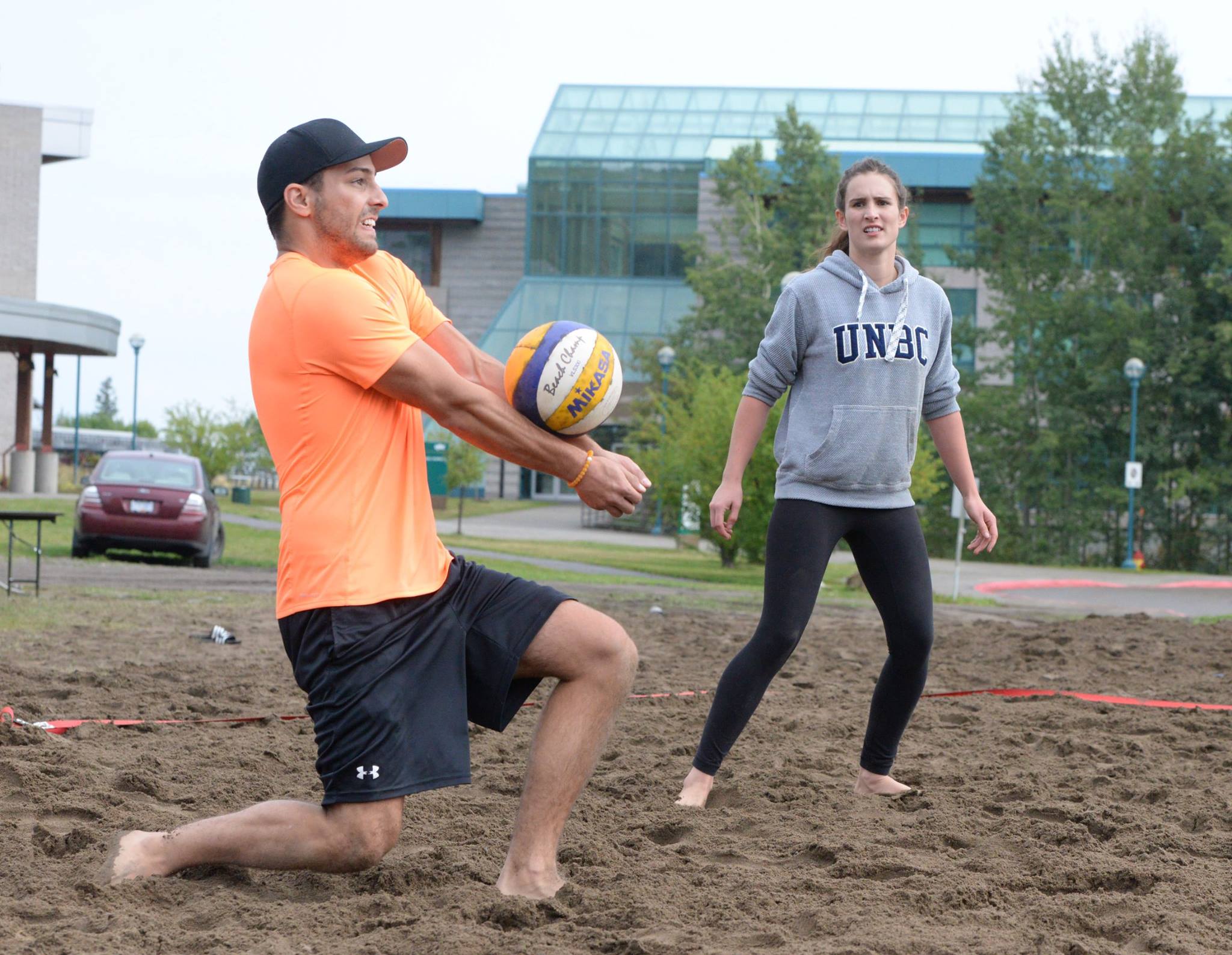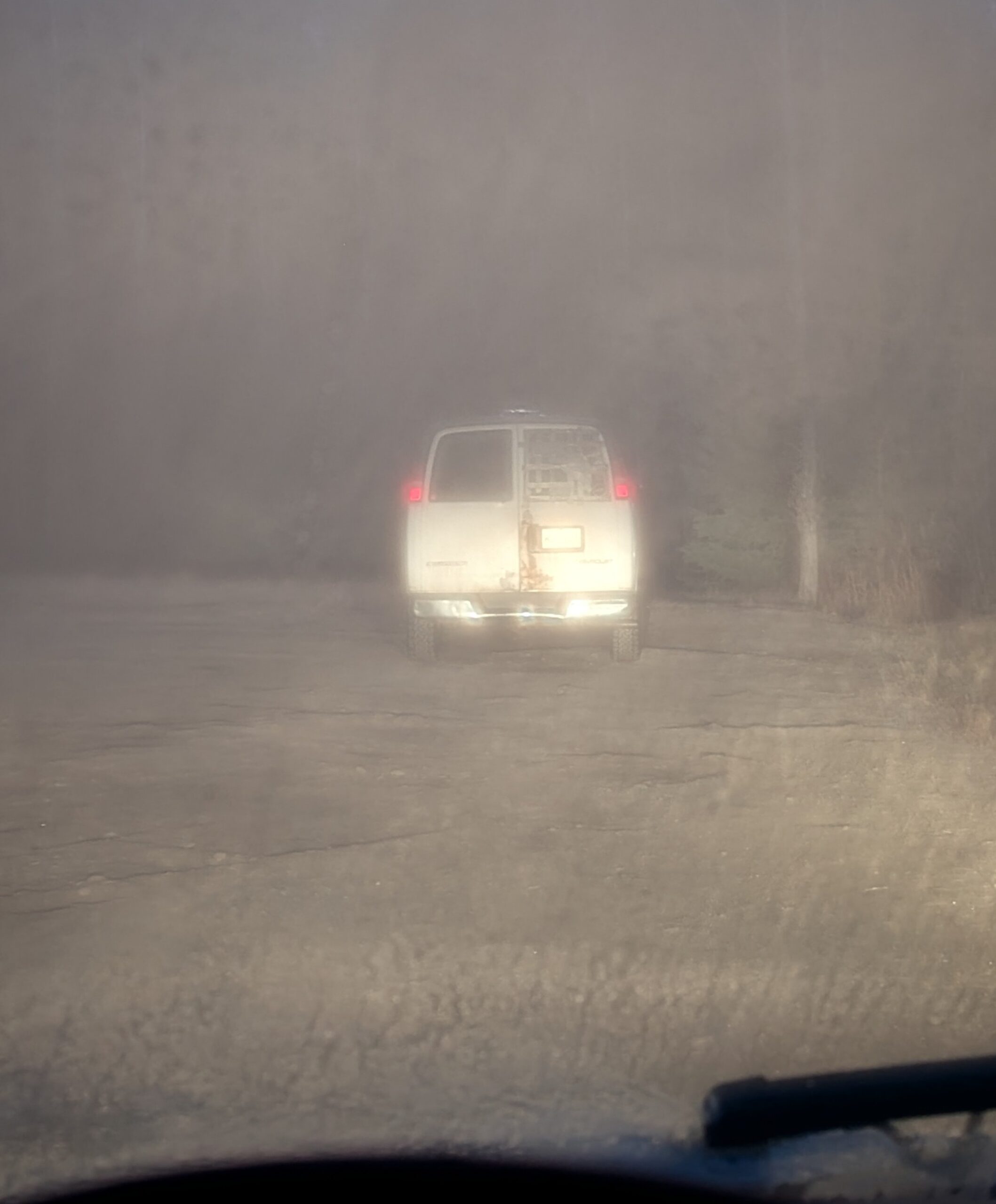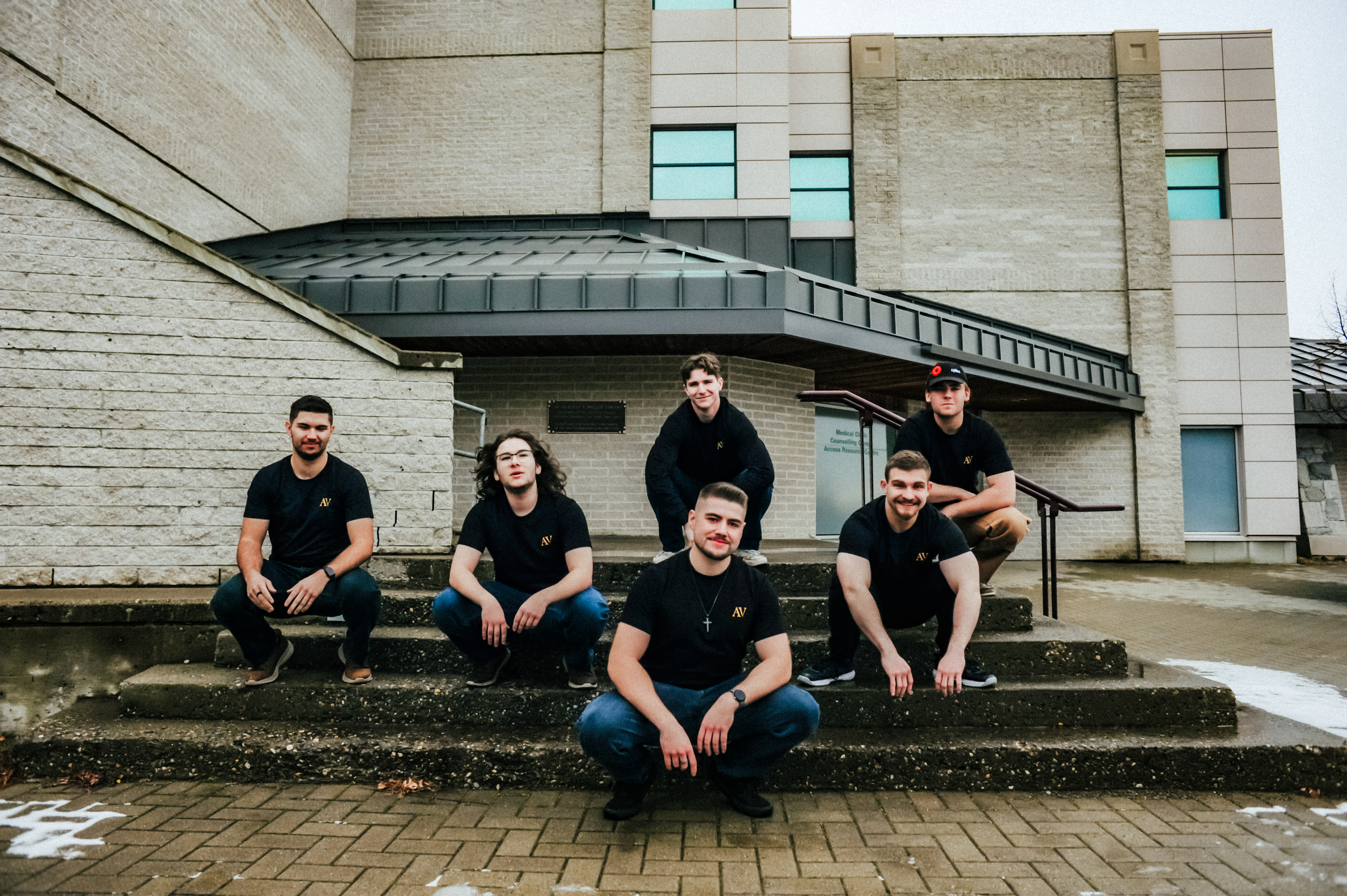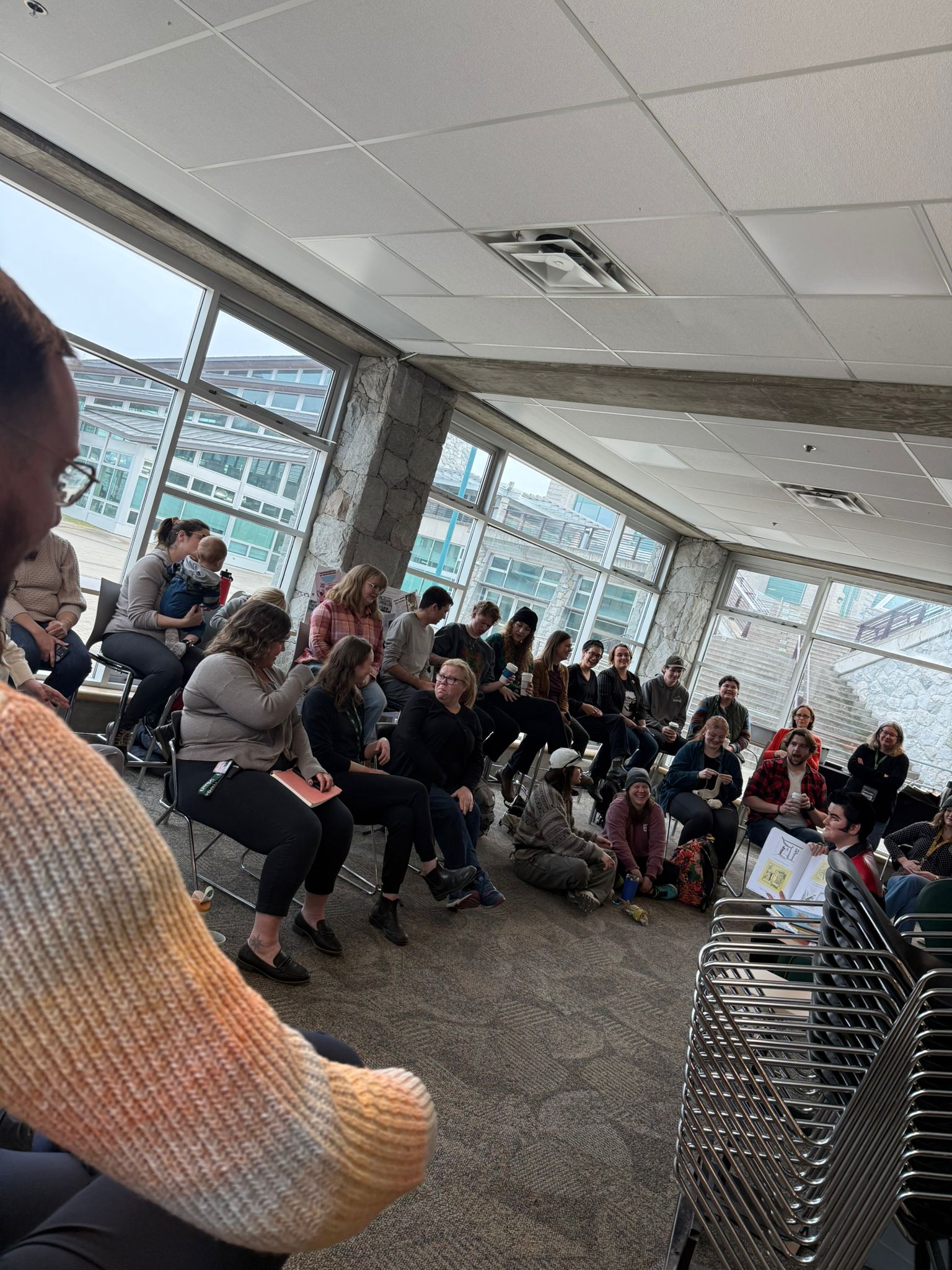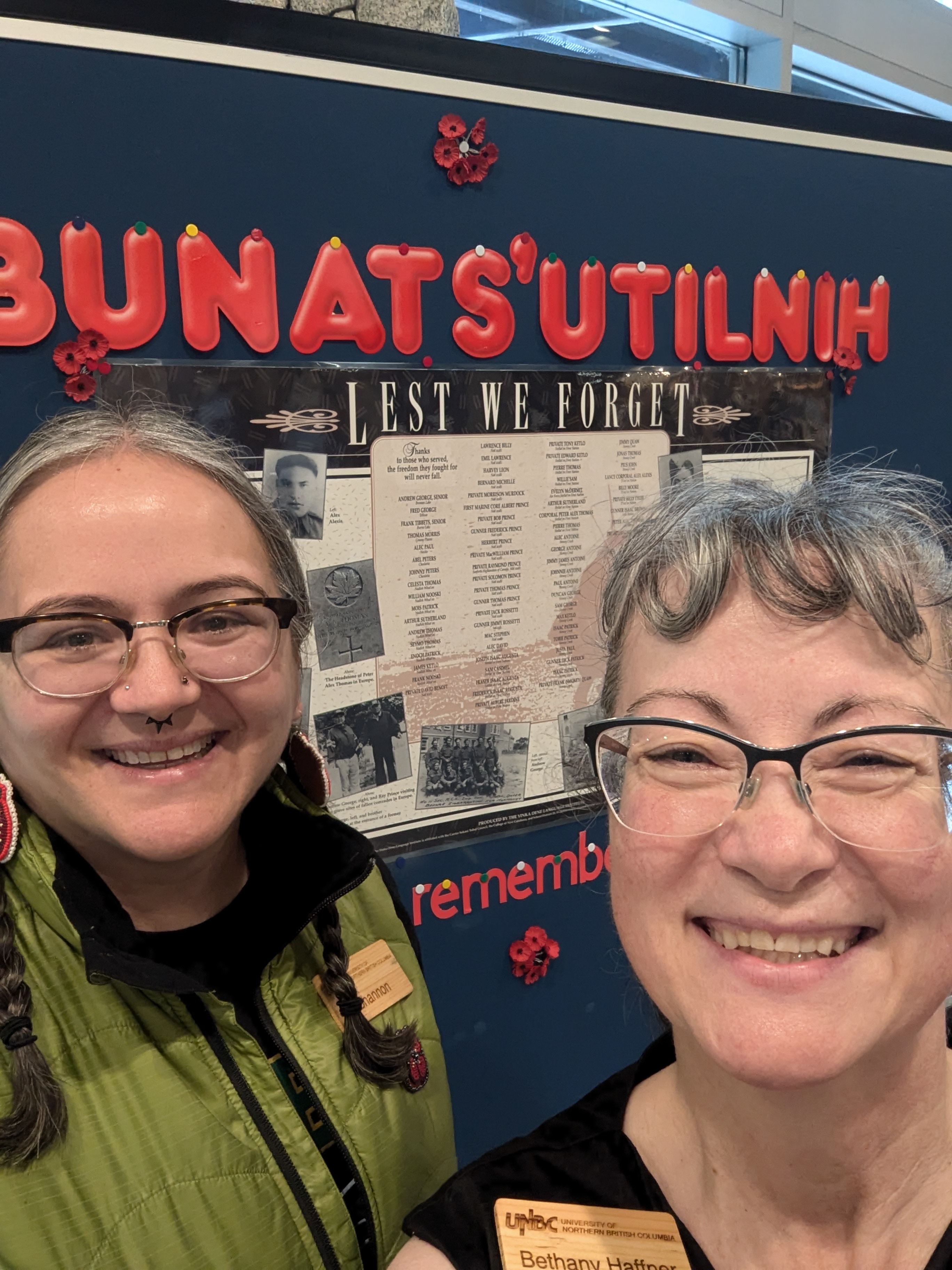We all know about Truth and Reconciliation and Orange shirts day, but not many people understand what is staying behind these terms. Today Cevanna Carlson will share her thoughts, knowledge and stories from her community and explain how residential schools and colonialism affects Indigenous communities. Cevanna Carlson is a Chipewyan from treaty eight territory. She is a Deninu Kue First Nations member in Fort Resolution, Northwest territories. Cevanna’s family members were affected by colonialism and taken to the residential school. They are still in the process of healing and experiencing intergenerational trauma. So, the days of Truth and Reconciliation and Orange shirt day mean a lot to them.
Truth and Reconciliation Day means honouring survivors and children who never return home because of residential schools, Cevanna said. The impacts of colonialism were brought to light in honour of true reconciliation. Colonialism brought a lot of effects on Indigenous people, communities, groups, individuals and families. Truth and Reconciliation Day was made, to tell the truth about what has happened in the past, in history. The process and step to reconciling, what is bringing light to the issue and how we will keep moving forward with strength and power as Indigenous communities and people Carlson said.
Cevanna community of First Resolution did have a mission school right in the center of the community. Intergeneration impacts plague the Cevanna community, just like so many other communities throughout Canada. And it’s applicable in all other Indigenous communities, and it’s when truth and reconciliation come into play because it’s a step towards healing. Many Cevanna family members attended mission school, and Carlson thinks that knowing about residential schools makes it essential for people to understand what has taken place and what needs to be done for Indigenous peoples, families, and communities to start the healing journey.
Orange shirt day means a lot for the Indigenous communities; however, people need to know what is staying behind it. Orange shirt day comes from Phyllis Jack Webstad. Piece of her story of going to the residential school, her grandmother managed to save some money and went shopping before school. Jack’s grandmother bought her an orange shirt; at the mission school, the shirt was taken away, and Webstad never saw it again. The meaning behind orange shirt day represents what was taken away from indigenous children, Carlson said. Orange shirt day honours children that never came back, and the culture, language, heritage, families, and lands were taken away from Indigenous communities. Orange shirt day composite all of these things and brings to the survivors’ stories.
Intergenerational trauma that Indigenous people have after colonialism has a significant impact and needs a lot of steps to be taken for the healing process. Cevanna mentioned that the steps that can be taken to deal with the harmful effects of intergenerational trauma are educating yourself in a way that is not harming others. To educate yourself, you need to be able to go online and look up what residential schools and colonialism are and how they impact Indigenous people. Carlson said that educating yourself and learning how colonialism affects Indigenous families and communities is a big step in Canada. Everyone can do a tiny little thing to make themselves more knowing and more helpful in their way in the healing process of the Indigenous people. When we think about intergenerational trauma, we think about the trauma passed through the generations. When you don’t know how to love, you don’t know how to love the person you are erasing, and it’s just carrying on through the generations, said Cevanna. The step to stopping that is to look at how things can be changed and how things can be done differently. The healing process with and within families and communities. It is taking a step back and looking at the big picture. Everyone must take even a small action to help Indigenous communities dealing with intergenerational trauma.
We asked Cevanna, where people can find information to understand better how residential schools and colonialism affected indigenous communities. Carlson said that the Internet is an excellent way to educate yourself about colonialism and residential schools, what Orange shirt and Truth and reconciliation days mean. The truth and reconciliation website has a lot of reports and funding, stories, and so much information. Ask First Nation center is an excellent resource to ask if you have no idea about it. And it’s completely fine to don’t know; open your mind and learn.
The best way to honour survivors and their families of residential schools is by listening to the survivors, the children of the survivors, the communities, and the stories, Cevanna said. Not talking, not saying back. All you have to do is sit and listen. You don’t have to give your opinion, just sitting and listening is the most straightforward way to be a part of the healing journey, to be part of the next steps. You need to educate yourself constantly. It should not only be up to Indigenous peoples to inform others of the wrongdoings of the government of Canada and the churches.
We all need to educate ourselves about colonialism and residential school impact on the Indigenous community. Government and society need to support indigenous people in their healing process. There is always more that can be done—putting more funding into the education system to teach this topic and funding the educational system to the Indigenous communities. More cultural training and workshops involving cultural traits of Indigenous people, Cevanna said. We need to get more Indigenous perspectives out into the communities, towns, and cities. Exposure to what issues is and what can be done in the truth, reconciliation, and healing processes.
